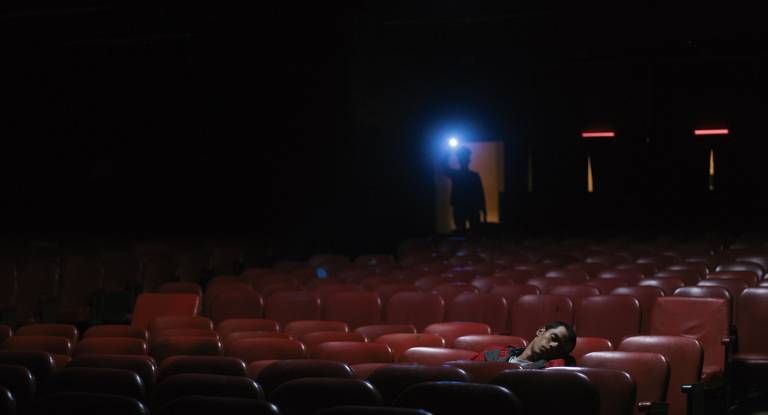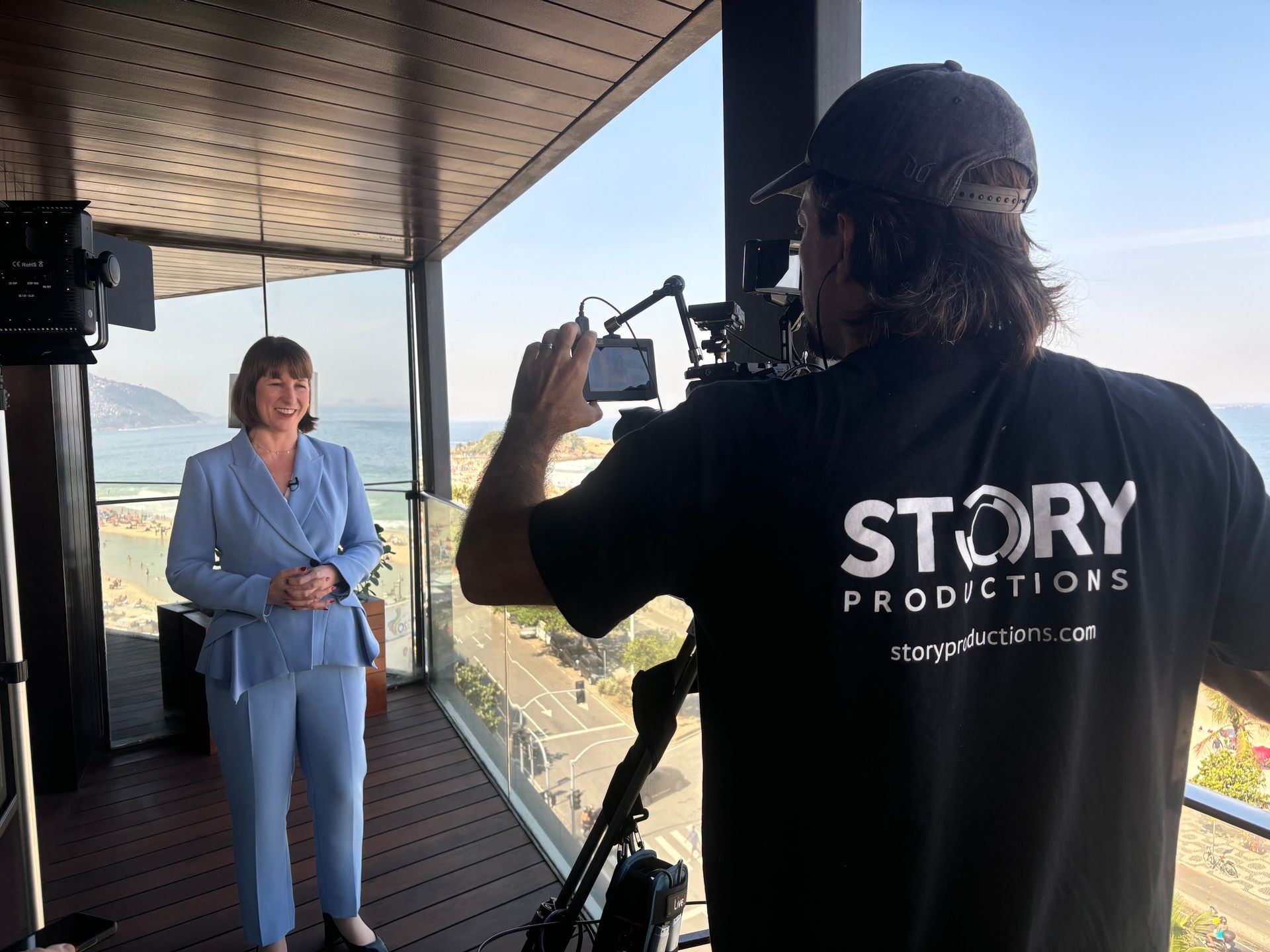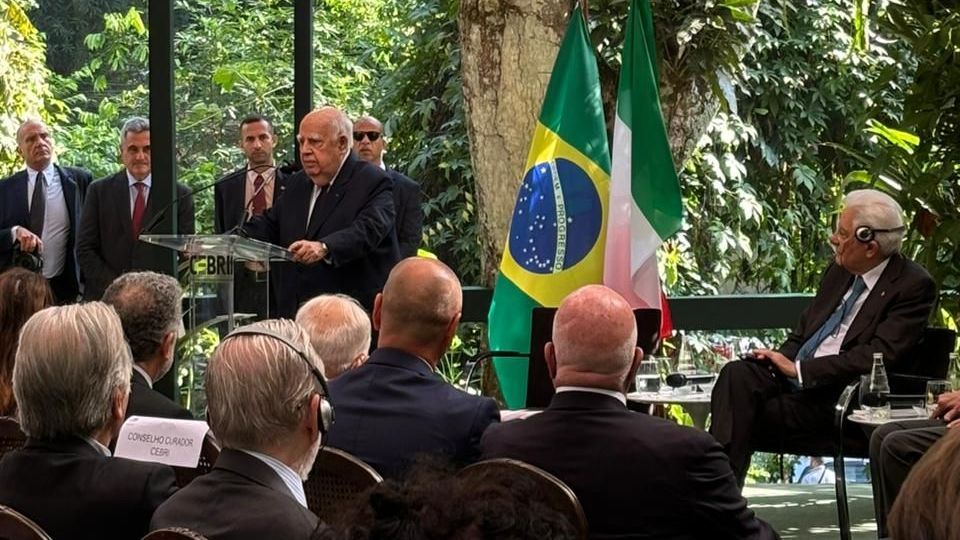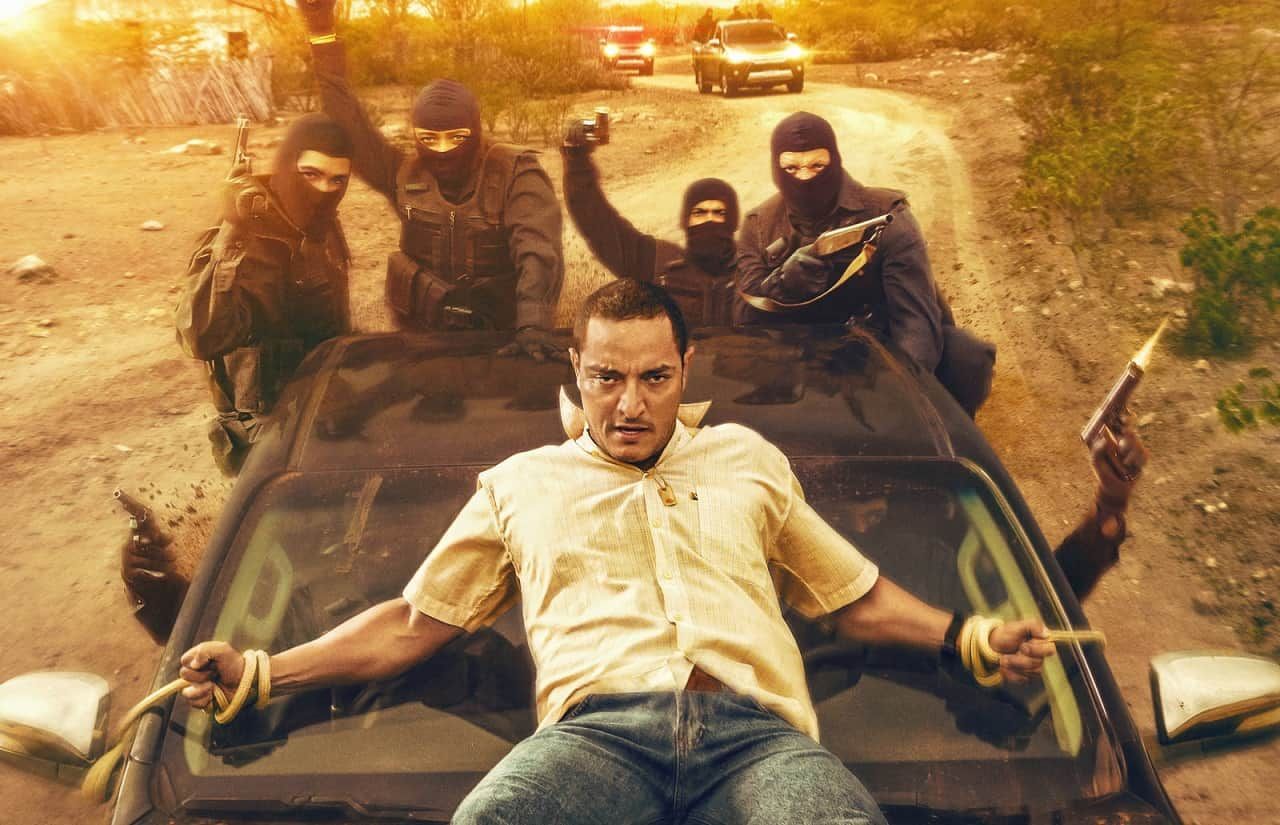The spirit of Christmas in the Amazon: Círio de Nazaré Procession in Belém
Every October, in Belém do Pará, millions of devotees gather to celebrate Our Lady of Nazaré, the Patroness of the Amazon.
Every year, when the clock strikes midnight on October 1st in Belém, the capital of Pará, the weather changes. The streets, which smelled of rain and mango trees the day before, now exude the exotic aroma of maniçoba. The houses, which were playing techno melody and carimbó, now resonate with the voice of Fafá de Belém singing Nossa Senhora. And the people of Belém become even happier and more generous. All because the Círio de Nazaré Procession is approaching.
I am a journalist and web editor at Story Productions and also one of these
Belenenses. Born and raised in the capital, I have felt the effects of the Nazaré Procession every October of my life with the same enthusiasm that the rest of the world experiences at Christmas. However, this year I was far from my hot and humid homeland visiting São Paulo and suffering in the cold. You see, what is warm weather for Paulistas is cold weather to me.
My Southeastern colleagues knew nothing about the
Trasladação, the custom of choosing one's ribbon colour for Nossa Senhora (Our Lady of Nazareth). This year I chose my ribbon to be the colours of the rainbow. We also make promises to our Lady. This religious holiday is not celebrated in Sao Paulo, leaving me with a deep sentiment of saudades as the spirit of the Nazaré Procession is not present here. I felt homesick.
Nearly 3,000 kilometres away, all my fellow country folk were feeling the energy of the Nazaré Procession. My family was already planning the Nazaré lunch menu (it was duck in
tucupi
with
cupuaçu
mousse for dessert), and everyone was overflowing with devotion to the Saint. Even though I am an atheist, I missed the event a great deal and thanked Our Lady for me to return in time. Every year I long to experience the religious and cultural vibe that the world's largest Catholic procession brings to an Amazonian city of almost 1.3 million people.
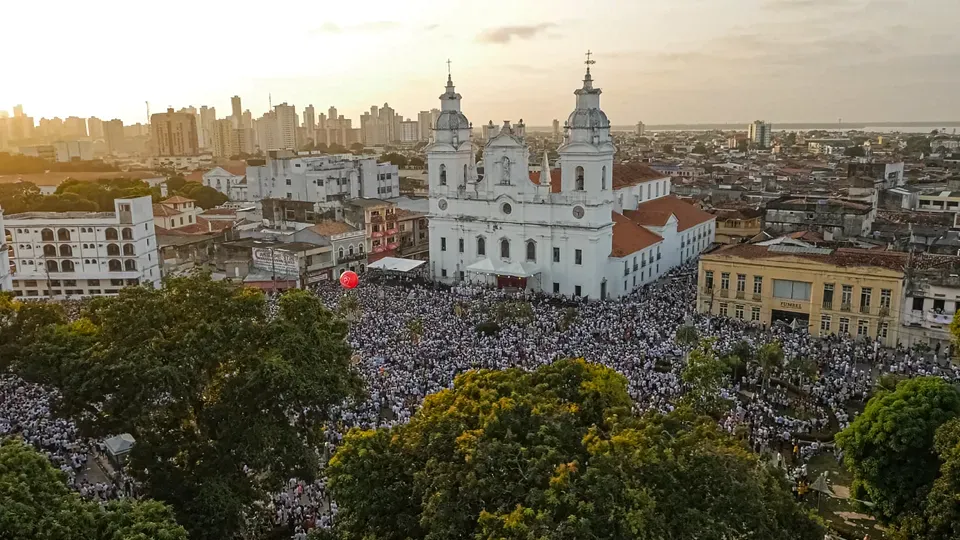
Nazarene Court
The Círio de Nazaré, which began more than 200 years ago, is one of the greatest traditions in Northern Brazil and is the largest Catholic manifestation in the world. The festivity consists of a main procession that takes place every second Sunday of October on the streets of Belém do Pará, gathering a crowd of around 2.7 million devotees of the Saint.
In the same way as
Carnival and the
June Festivals in the rest of Brazil, the Nazaré festivities are celebrated throughout the month of October, forming the Nazarene Court. Currently, the court consists of 14 processions, various vigils, and masses, commencing with a mass at the Basilica Sanctuary of Nazaré and performances by local artists.
In the following days, a replica of the Patroness's image is taken to nearby cities for processions. On the same day, the original image of Nazinha, as affectionately called by the people of Pará, is brought down from her Glory of the High Altar in the Sanctuary of Nazaré to be closer to the public and available for veneration for almost the entire month in the Sanctuary Square, in front of the
Basílica.
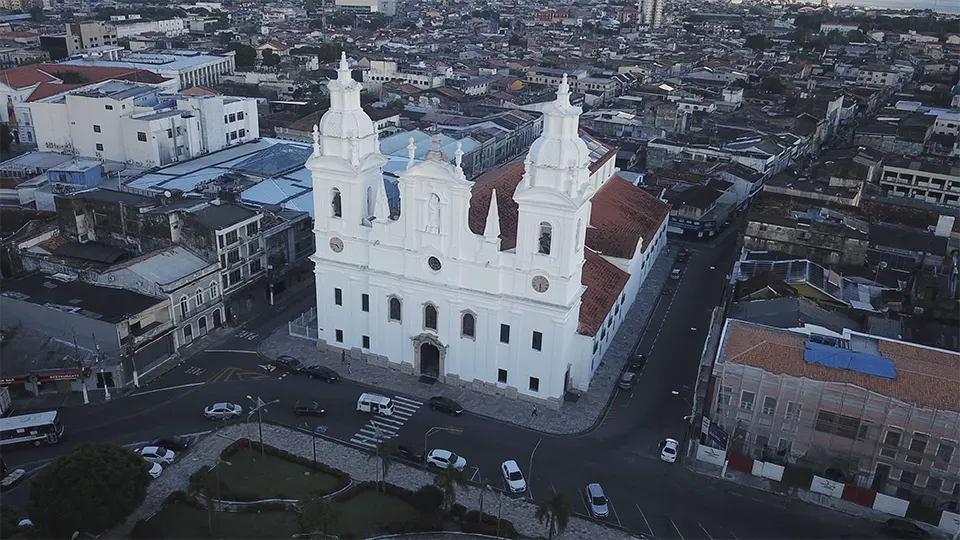
On the second Saturday of October, the Missa da Trasladação (Transfer Mass) takes place, a preview of the procession with the same name that begins an hour later. This is the second-largest procession and follows the opposite route of the Nazaré Procession, carrying the image of the Saint from the Colégio Gentil to Belém's Cathedral, where the big day of celebration begins.
On Sunday morning at 6 a.m., the mass that effectively marks the beginning of the world's largest Catholic procession takes place at the Cathedral of Sé. The procession carries a golden carriage adorned with gemstones and flowers containing the image of Our Lady of Nazaré – the Patroness of the Amazon – from the Cathedral of Sé or Belém Cathedral to the
Basílica Sanctuary of Nazaré, where it remains until the end of the Nazarene Court.
Even after the main day has passed and many tourists have left, the festivities continue in the city. There are permanent attractions, such as the ITA Amusement Park, as well as more processions and masses.
Finally, 15 days after the Nazaré Procession, the Recírio Mass and procession are held, carrying the replica of Our Lady from the Sanctuary Square to an altar in front of
Colégio Gentil, where she remains for the rest of the year, watching over and blessing the people of Pará.
Check out the full programme by clicking
here.
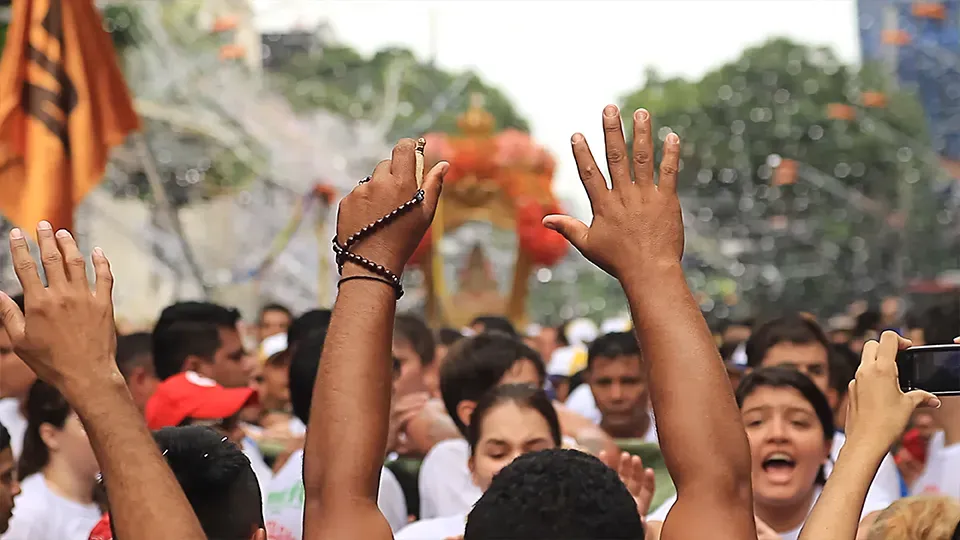
Procession
During the Círio, the 3.6 kilometre route is always the same, guided by the city's bishop and passing through squares, avenues and narrower streets, leaving the main and side streets closed to cars congested with people. It is worth remembering that, as well as teams of police, the Red Cross, and volunteers handing out water, you will be surrounded by around 3 million pilgrims, some of whom will even walk the route on their knees, out of pure devotion.
In addition, the procession includes various "allegories", similar to a samba school parade, with around 14 floats — the most famous being the
Carros dos Anjinhos, with children dressed up as as angels, and the
Carro das Promessas, in which pilgrims make their promises to the Saint — and the rope that pulls the
Berlinda, carrying the sacred image.
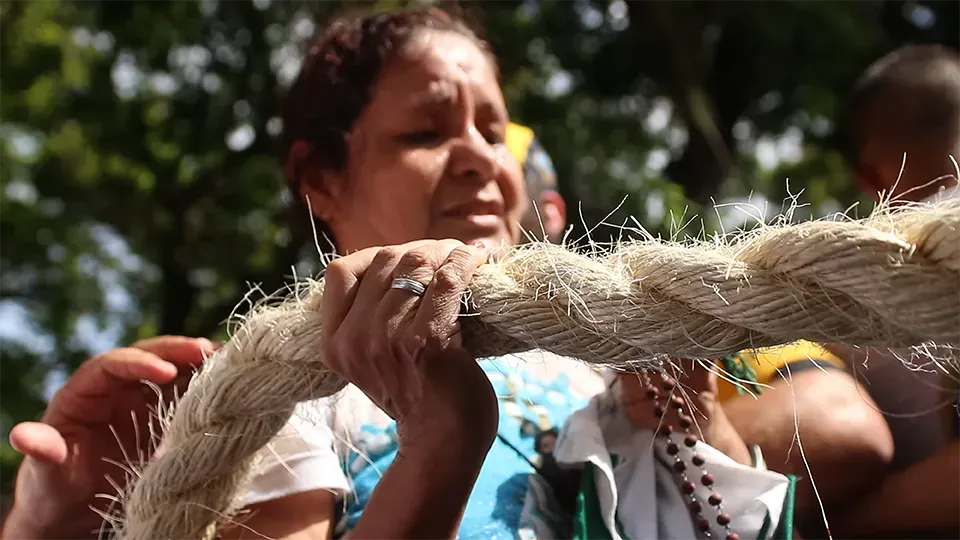
During the procession there are moments of tension, in the narrowing and curving of the streets, and highlights, such as the shower of paper, the cutting of the rope and the passage through the Varanda de Nazaré — each with its own impact and cultural significance. At the end of the event, given the number of people, it takes a while for the city to return to normal.
Cultural importance of the Círio de Nazaré
The Círio de Nazaré has such a big impact on the routine of the people of Pará that it’s not surprising how important this festival is to the state's culture, it is known as the Christmas of the Pará people. And like a good Christmas celebration, the famous Círio Lunch also features a bountiful feast, supplying local families with dishes that are unique to the region, combining indigenous ingredients, techniques and knowledge with the simplest white rice, a staple of any Brazilian table.
In the
calendar, several of the dates highlighted here become public holidays or optional days, separating the agenda of the people of Pará into before and after the Círio. This is an important factor when it comes to booking hotels and planning your shoot in the city or with local characters, since many of them will be recovering from the procession or a big lunch on Sunday afternoon.
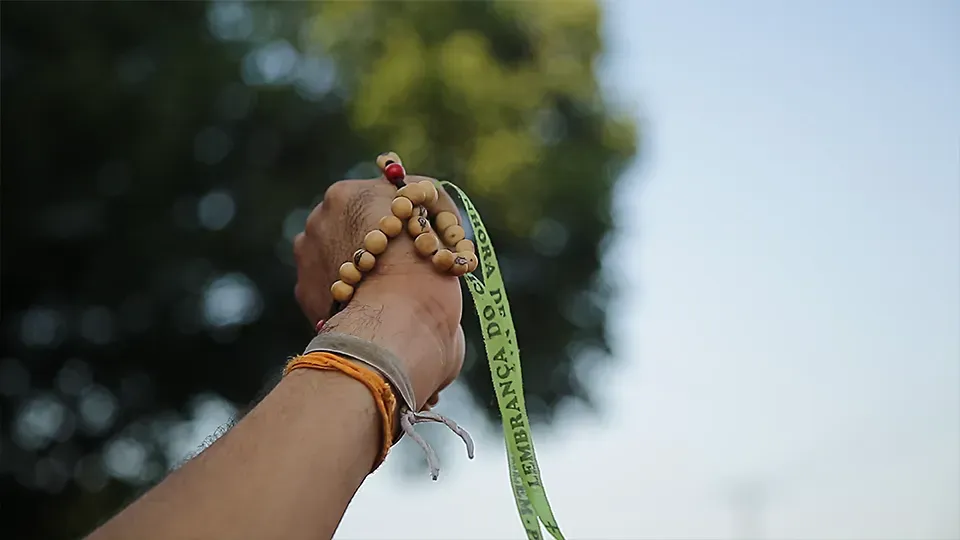
Filming the Círio de Nazaré
If you have experience filming protests, street parties and crowds, you’re already one step ahead. But you still need a lot of preparation. Especially since, at the Círio, it is a challenge to get close to the public without being swept away by the sea of people. So here are a few things to consider:
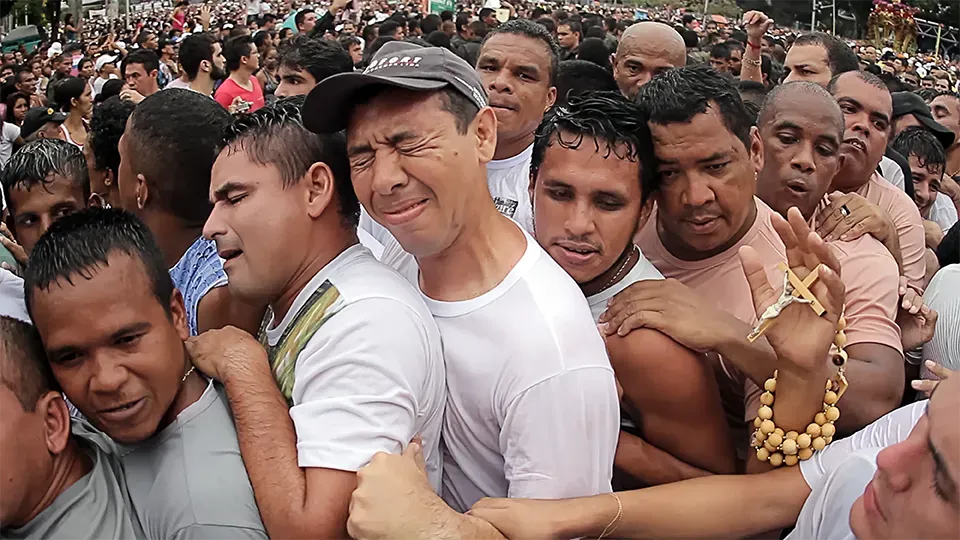
01 Privileged location
If possible, find a high, private spot to stay. Some locals rent out their houses to offer this view without the hassle of crowds. Colleges and some private companies in the area also set up stands. The best option is to join the local media outlets who have a restricted area exclusively for the press.
If none of these options are available and you have to stay down at street level, stay close to police stations or the Red Cross. That way, you will ensure a little more safety and avoid corners and tight spots, as crush injuries and trampling are not uncommon in the procession.
02 Stay connected with your team
Due to the sheer number of people, mobile phone signals are not stable. Agree on a meeting point with your team, as well as a signal that can be seen above the crowd. If possible, have an alternative means of communication, such as walkie talkies.
03 Keep an eye on your equipment
When almost 2.7 million people gather in streets a few metres wide, you can be sure that space will be limited. So if you are going to cover the Círio in the streets, you can leave the heavy, bulky kit at home.
Take light and portable equipment, such as a GoPro or even a mobile phone. However, be warned: crowds make pickpockets' job easier. Always use equipment with a cord attached to the wrist and small bags close to the body that are difficult to access.
04 Stay hydrated and eat well
Belém has an average temperature of 30ºC and humidity of around 85%. When you are surrounded by people, this becomes even more noticeable. That is why you should protect yourself from the sun with sunscreen and hats, and eat and hydrate well. After all, following and filming the Círio is almost a marathon.
In addition to these precautions, there is one more that sceptics are free to ignore: prepare your spirit. The Círio is a Catholic religious festival, but in the city of Belém, even atheists like me surrender to Nazinha and report that there is nothing quite like witnessing the devotion and faith that dominate the streets on this day.

You can count on Story Productions to help you shoot, with our multicultural team based in Belém and at any other stage of production.
Get in touch now and get a personalised quote for your project.
Share this story:
Get the latest news straight into your inbox!
Contact Us
Read another story
